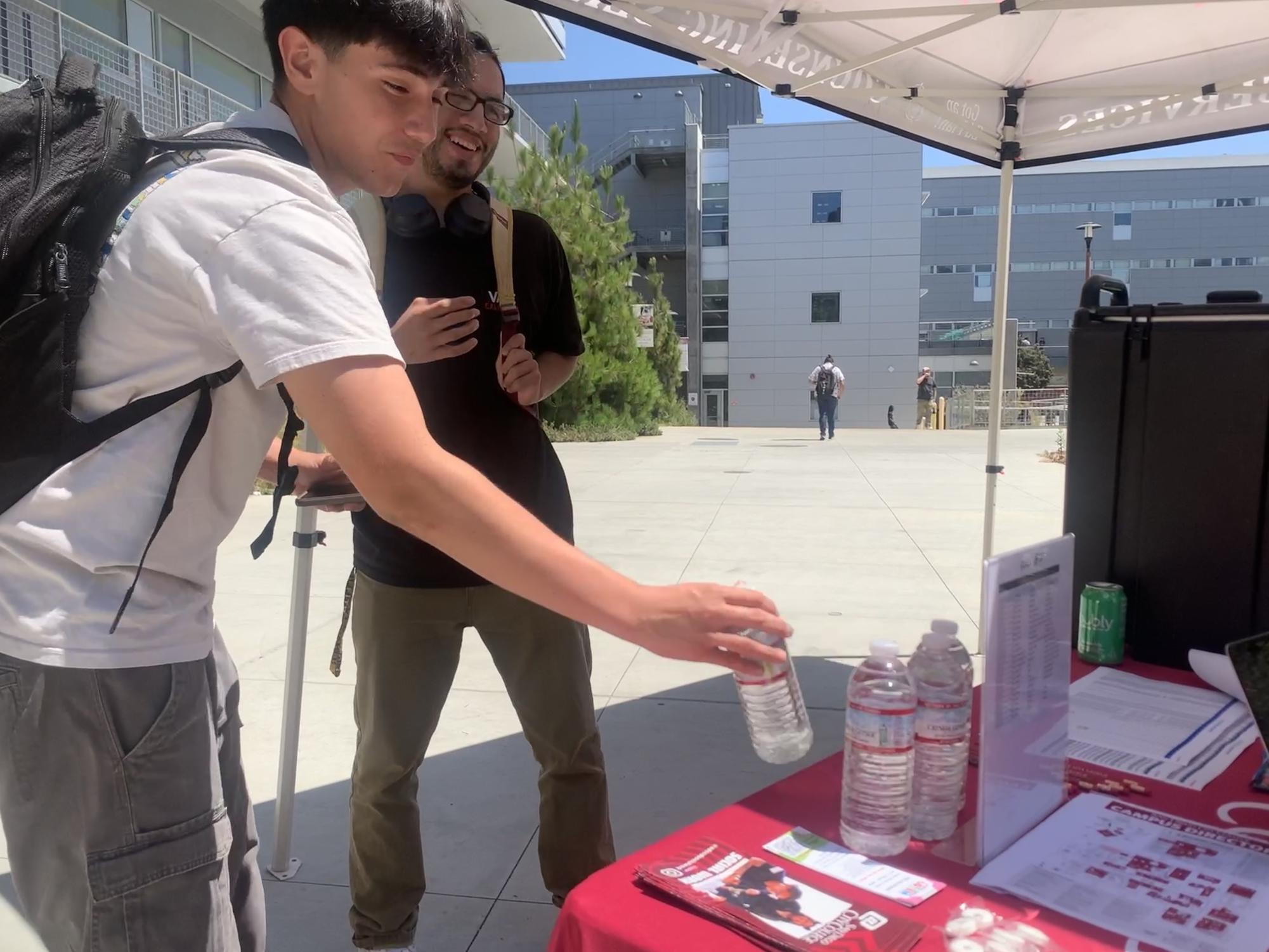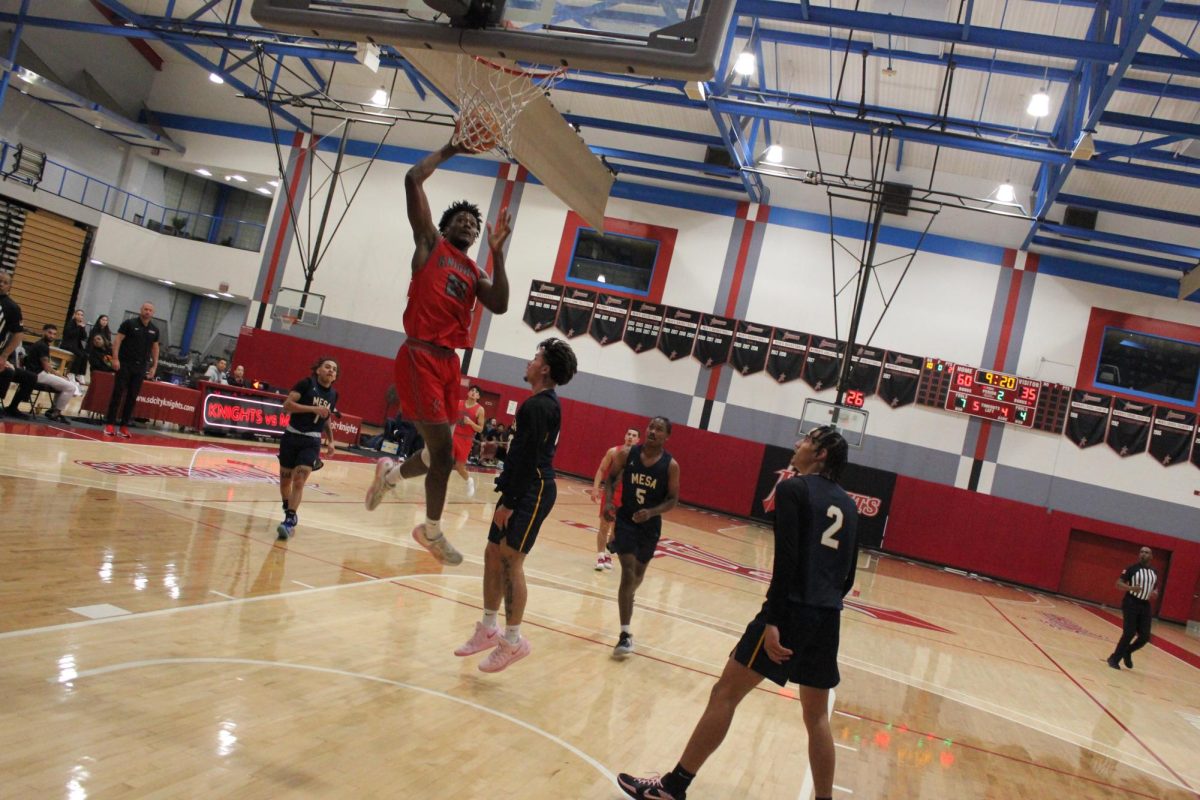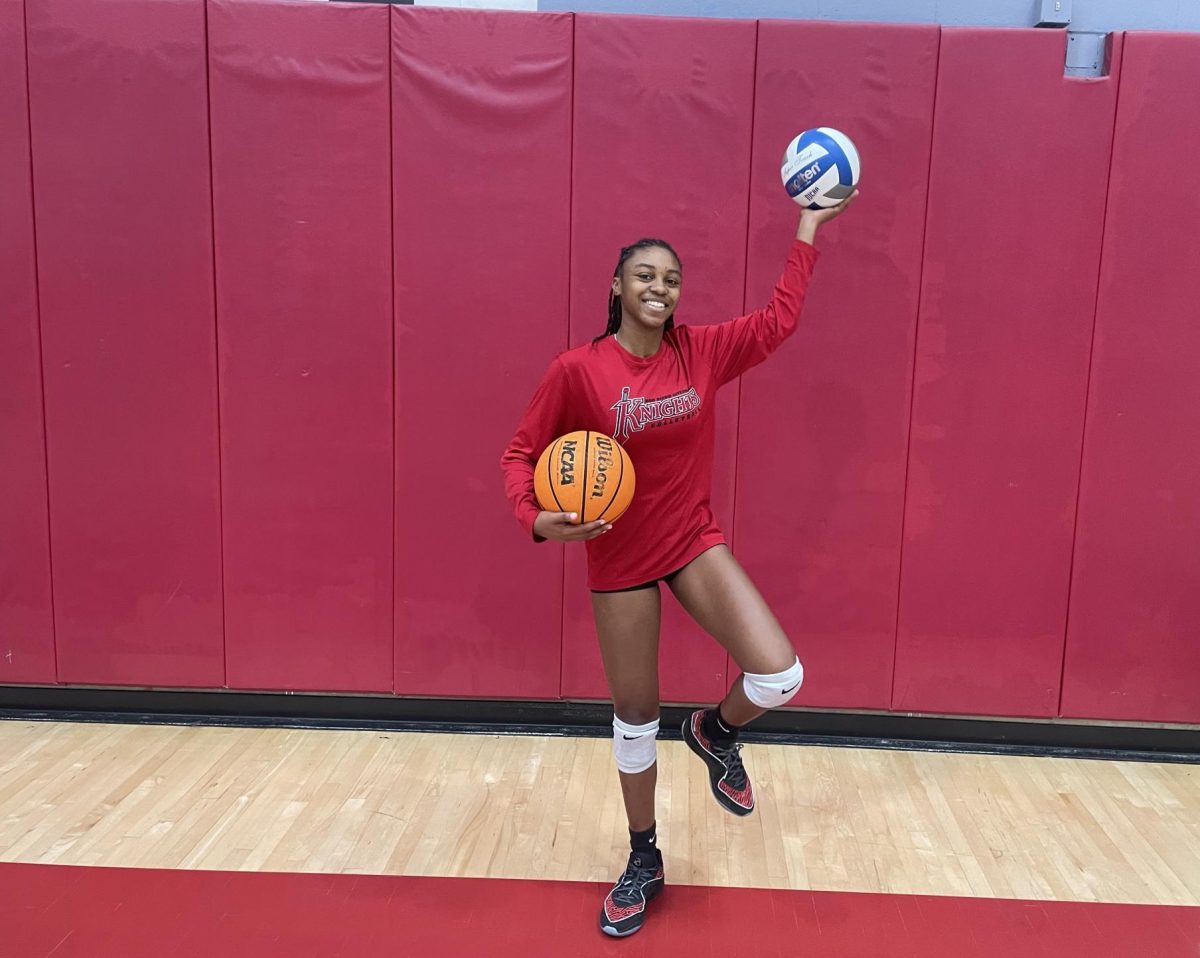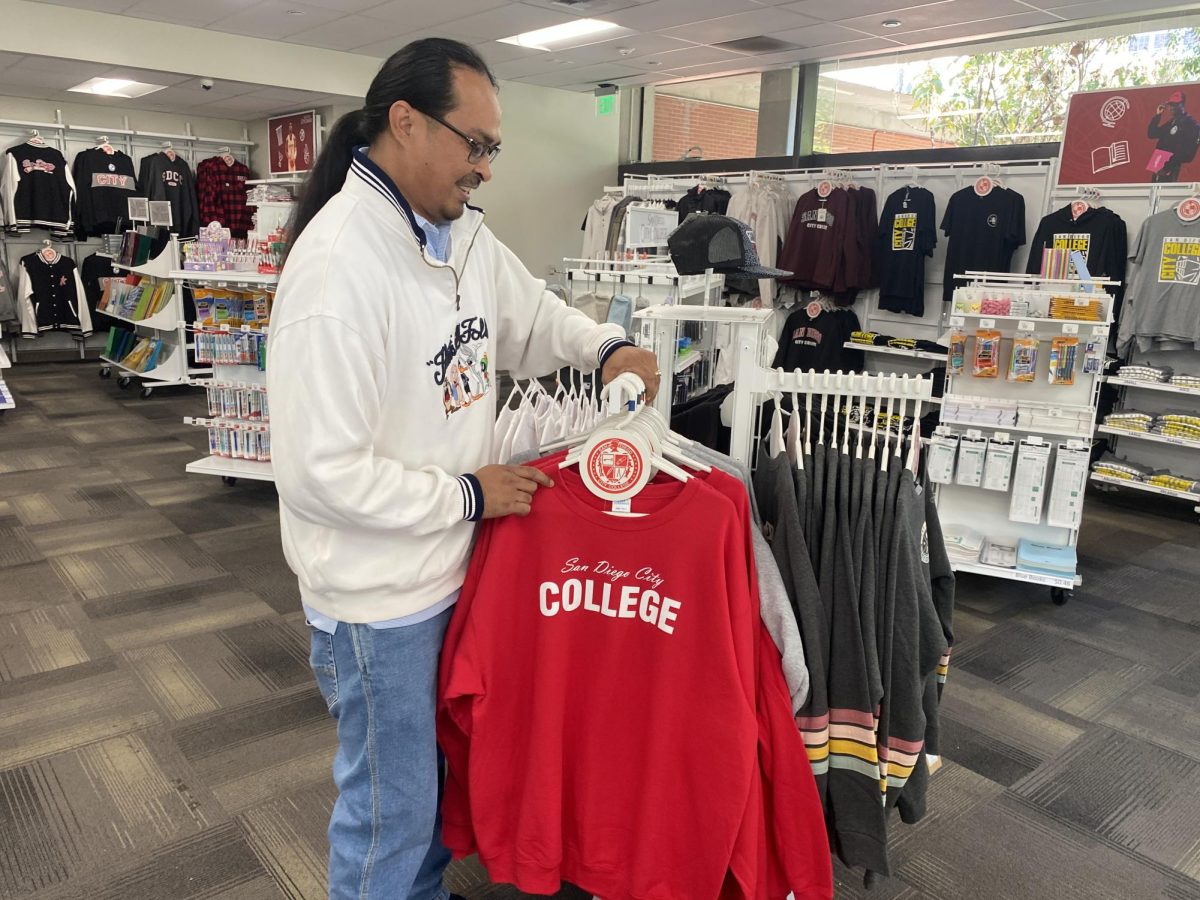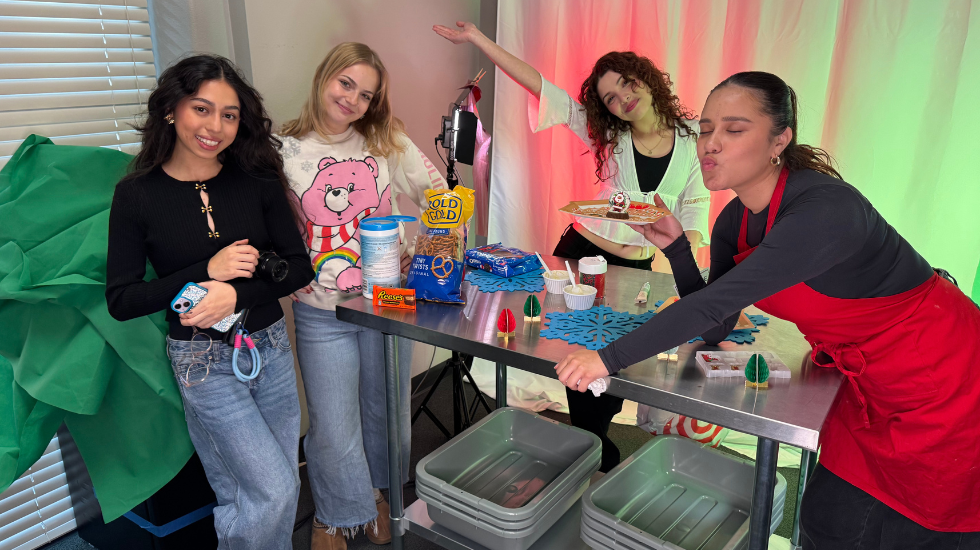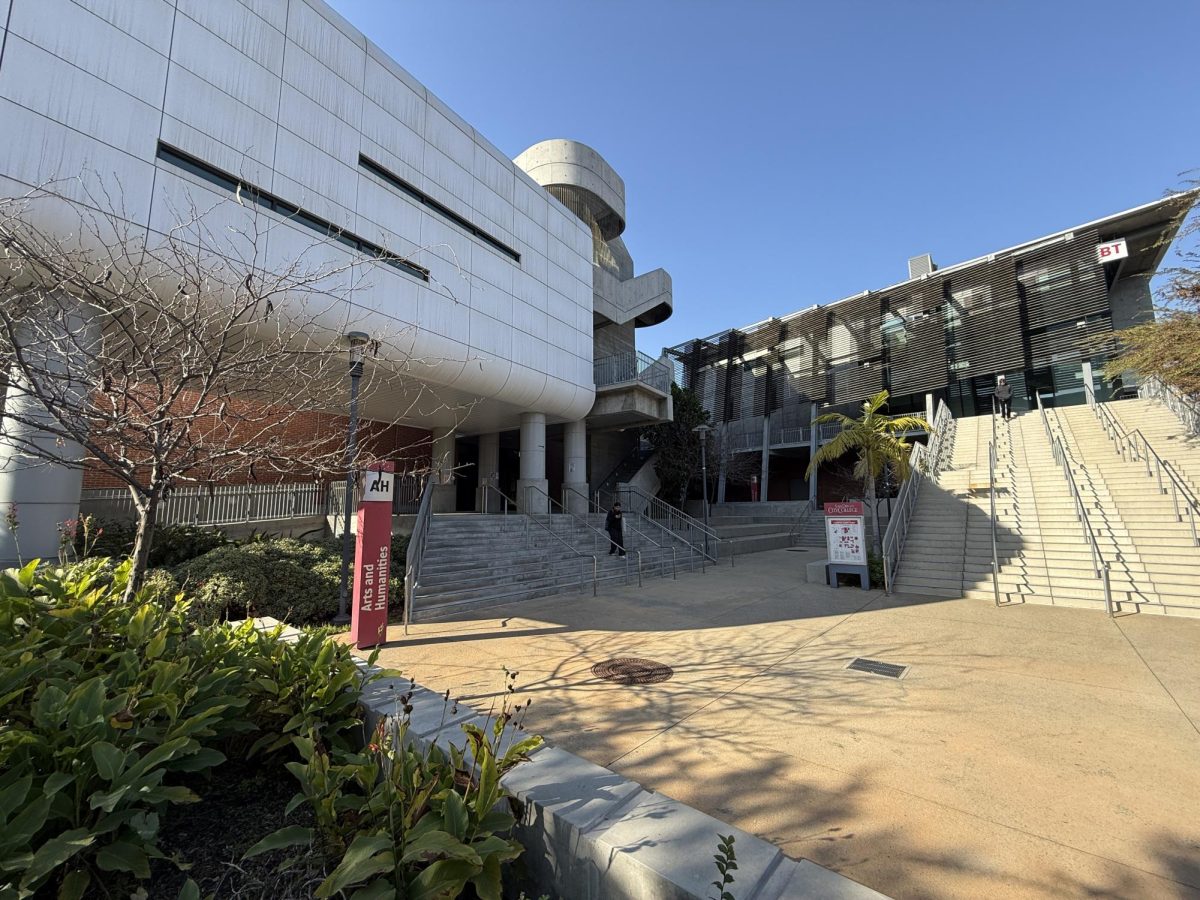Para leer en español, click aquí.
Adrian Vargas grabbed a water bottle from a welcome tent at San Diego City College while walking to class during the uncomfortably hot first week of the fall semester.
The civil engineering student typically drinks water at home before or after class to stay hydrated. However, on days with two classes spaced out throughout the day, the second-year student goes longer without drinking water.
On those days, drinking from fountains on campus becomes necessary.
“Kinda grimy, huh?” Vargas said.
Temperatures soared during the first week of school, leaving students searching for water.
By midweek, campus welcome tents began offering refillable bottles like the one Vargas grabbed, due to high temperatures.
John Parker, vice president of Administrative Services, said City College has at least one water fountain in every building.
His department is working on making a list of all the water stations available on campus, which will be available on the Administrative Services page of the City College website within “the next week or so,” he said.
A walk-through by a City Times reporter on Aug. 20 and 21 verified the information but noted that some water filters needed to be replaced. Some water fountains also weren’t working.
According to Parker, students who encounter water fountains that don’t work or need water filters replaced should report it to facilities, an Associated Students Government representative or the dean of Student Services.
“It doesn’t mean it’s bad water,” Parker said. “It just means filtration isn’t optimal.”
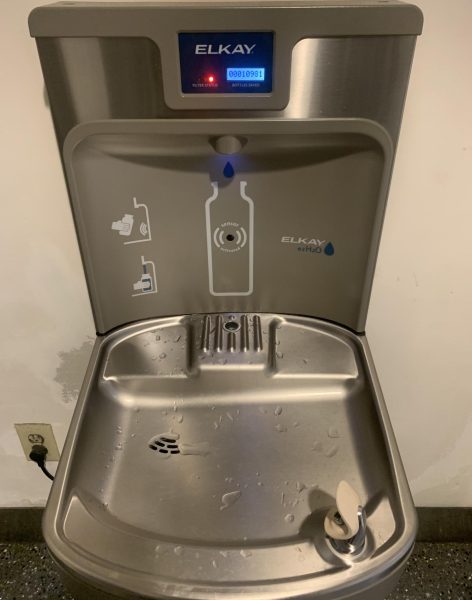
Still, Parker added: “If we receive a report or if we observe a water filter that’s malfunctioning, we’ll put in a work order right away.”
To prevent dehydration, Eileen Virrey, a nurse practitioner at the Student Health Center, recommended students drink water before coffee in the mornings and stay away from energy drinks.
“As much as possible, have real food that you have cooked yourself,” Virrey said. “Also, real fruit that you’ve cut yourself that has fiber because those are the real electrolytes.”
Virrey suggested students use a calculator for a more accurate estimation of how much water they should be drinking.
“Keep in mind you do need to speak to your primary care provider … because everybody does have different comorbidities and health issues, where they have to be mindful about how much they drink,” she said.
She advised students to take advantage of the resources available to them.
Besides the Student Health Center, she said, students have access to TimelyCare, a free app available to City College students that allows them to get 24/7 medical support.
She also recommended students download 211, both an app and phone number, that connects people to health services, such as cooling centers, to combat dehydration.
“Dehydration is a problem during the summer, and August is the peak time in San Diego,” the nurse practitioner said.
Besides drinking adequate amounts of water, Virrey recommended students wear sunscreen, UPF sleeves or UPF clothing, and use an umbrella.
“I’ve been seeing a lot of students with their own water bottles,” Virrey said. “So that’s a good thing that a lot of our students are mindful about taking care of their health.”

